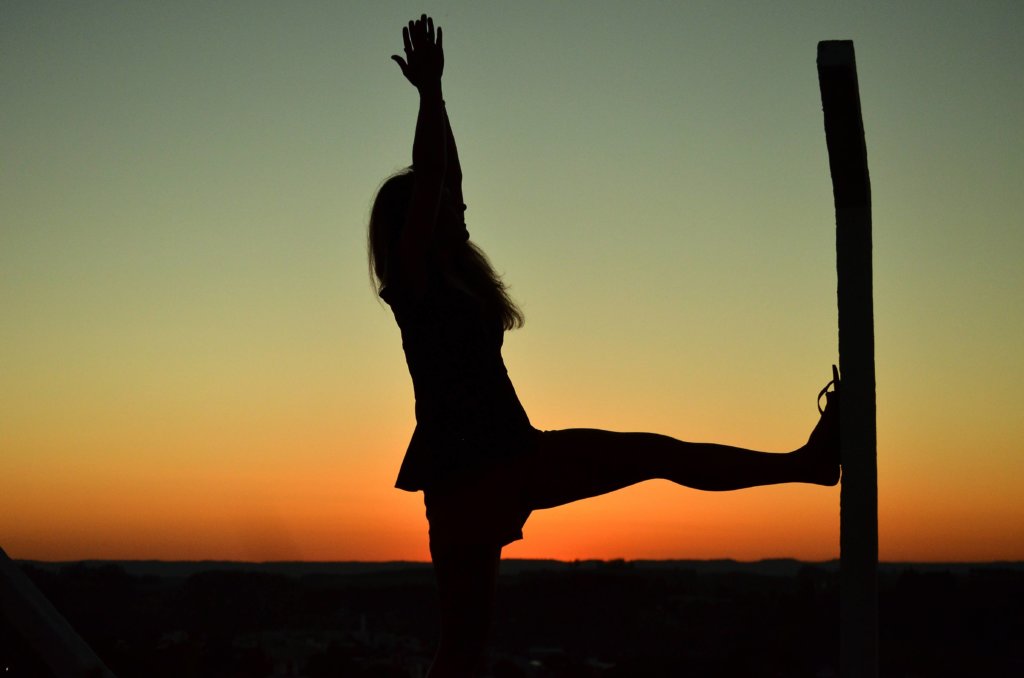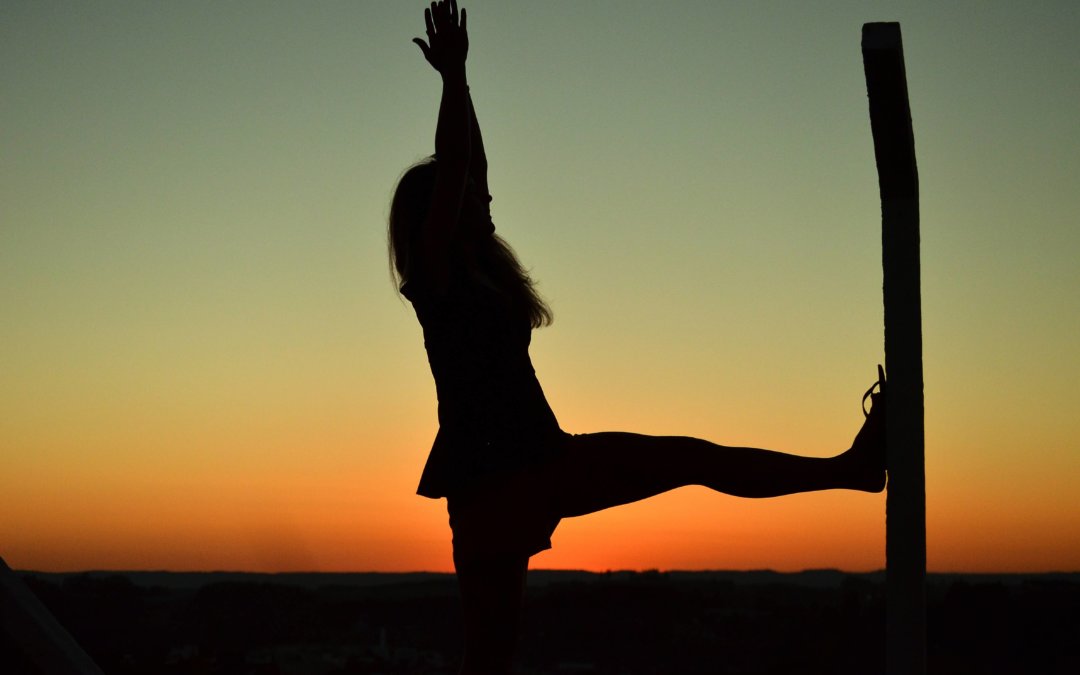
Staying fit is essential to our overall health. As we get older, a decrease in flexibility makes staying active a harder habit to follow. Restricted mobility becomes an increasing challenge to our health and can even impact our daily activities. Studies show that flexibility decreases by up to 50% with age.
There is a lot of noise out there about what you can do to stay healthy for longer, but what if the answer was simpler? How can stretching help your body for a better future?
We took a look at how regular stretching can boost flexibility, reduce body aches and improve your overall wellbeing. So, what are the benefits of stretching and how can it help in the long run?
How does stretching benefit your mind & body?
1. Boosts flexibility
Regular stretching can make it easier to carry out everyday tasks and in turn stall the decreased mobility that comes with getting older.
Get a FREE Brochure
Simply complete our form to see a full range of bathing solutions & their key features. It takes no time at all!
2. Improves range of motion
The range of motion is how well you can move your joint through its full potential. Regular stretching can improve your range of motion and in turn help you claim back more independence.
3. Improves your posture
Imperfect posture can often be caused by muscle imbalances, this is where some muscles are short and tight, while others are long. Stretching out tight muscles may improve your overall posture.
4. Improves circulation and long-term health
Knots in your neck and back can be caused by a restriction in blood flow. Stretching will improve your circulation, and in doing so lead to better heart health and cardiovascular function.
5. Releases stress & calms the mind
A natural response to emotional stress is for the muscles in your body to tense up. This is because your body still reacts to stress in the same way it did during the Palaeolithic Age. If you saw a sabre tooth tiger your body would tense its muscles to prepare itself to fight the tiger or run for its life.
Unfortunately, the body still responds in the same way to less severe stresses like getting stuck in traffic or running late for an appointment. Stretching these muscles helps to release some of this tension and promotes blood flow to the brain, which in turn helps to elevate mood.
6. Helps to ease pain
When your body is tight you are more susceptible to pain. Stretching releases compression in our tight muscles. A study from the Journal of Physical Therapy Science investigated the effect of performing stretching exercises on 88 participants, they found that this reduced pain levels in the participants.
7. Decreases tension headaches
Tension headaches are often caused by tight muscles in your neck and scalp. This may be due to stress or holding your head in one position for a long time. Stretching your back, neck and shoulder can help relieve this tension.
8. Prepares your body for physical activity
If you are struggling with mobility, stretching will help to warm up your muscles and prepare you for your daily activities. Your flexibility is an important part of your overall fitness The more mobile you feel the easier it will be to carry out your activities.
9. Better Balance
A repetitive daily routine can often lead to tight muscles. A tight muscle on one side of your body will lead to an imbalanced frame, which could lead to an asymmetrical frame and in turn walking unevenly or carrying your body off-kilter.
Perhaps you always carry your handbag on your right shoulder. This will over time lead to a tightness here. Stretching can loosen this tightness and bring your body back into balance.
What does stretching involve?
Stretching doesn’t need to take very long at all. It’s something you could spend less than five minutes doing just after you wake up, or just before bed. The most common types of stretches are known as static and dynamic.
Static Stretching
This simply involves holding a stretch for a period of around 10 to 30 seconds. It’s best to perform just before bed, or after a walk. Your muscles will be warm from the activities of the day which will make them more pliable. It’s best not to perform static stretches on cold muscles.
Dynamic Stretching
These are movements that are not held for a period of time, but instead, stretch the muscles during slow easy movement. This type of stretching is a great way to prepare the body for activity, you could do these while waiting for the kettle to boil in the morning.
Neck Stretch
This stretch will loosen tension in your neck and shoulders and is great for those mornings you wake up feeling stiff.
- Sit comfortably on a chair with your feet firmly on the ground.
- Slowly and carefully begin to tilt your head to one side, just to its comfortable limit.
- Repeat this on the other side and continue for up to 10 seconds, breathing slowly to help the muscles relax.
- Now very gently tilt your head to the right and place your hand there to add additional weight to the stretch.
- Hold this for 20-30 seconds and repeat on the other side.
Shoulder & Back Stretch
Feel like a stiff back is preventing you from standing up straight? Sitting for long periods of time can cause your shoulders to round forward and stiffen your upper back. This one is great for releasing your posture.
- Stand tall with your arms relaxed by your side.
- Reach your hands behind your back and clasp your fingers together.
- Gently pull your shoulders back, standing tall and you’ll like feel the stretch.
- Hold it there for 10-30 seconds.
- For a deeper stretch, push your hands away from your lower back and push your shoulders lower.
How to stay safe while stretching?
- Don’t push your body beyond its limits. Instead, work with your natural level of flexibility and you’ll find it will improve gradually.
- Go slow. It’s normal to feel some tension when stretching, but if it should hurt or cause you pain you must ease off until the discomfort has gone. Stretch to your limit of movement, not beyond it. Remember to take it slow, and little by little, your body will begin to find ease in these movements.
- Consult your doctor. If you have an existing injury, pain or physical limitations, please consult with your doctor before carrying out these stretching exercises.
Stretching is key to a happy long life and can be easily incorporated into our daily routine. Which of these stretches will you be trying?






